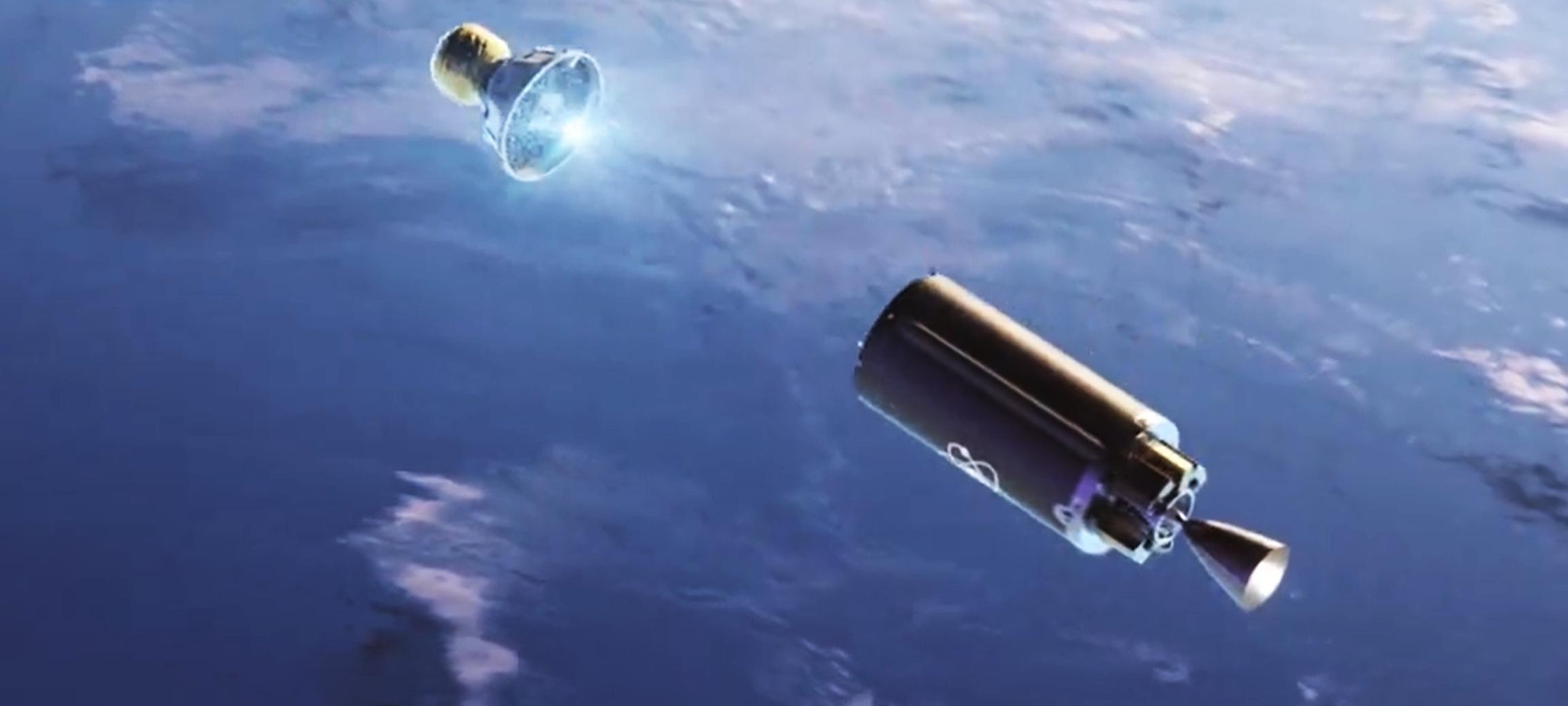
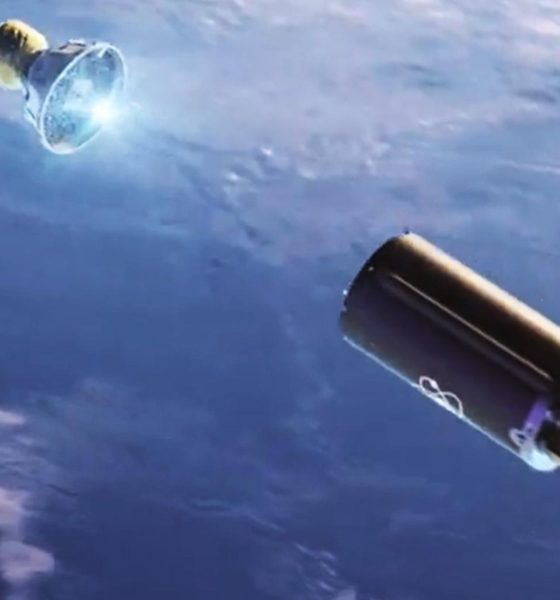
News
Rocket Lab’s NASA Moon launch to kick off new era of ultra-cheap deep space exploration
Rocket Lab will soon take its tiny Electron rocket further than any similarly-sized vehicle before it, sending a NASA satellite to the Moon and potentially kicking off a new era of unprecedentedly cheap space exploration.
On February 14th, the world-leading small satellite launch company announced – alongside NASA – that the space agency had awarded it a $9.95 million launch contract worth $9.95 million to send the $13.7 million Cislunar Autonomous Positioning System Technology Operations and Navigation Experiment (CAPSTONE) CubeSat to lunar orbit. In other words, NASA has contracted a full-up scientific mission to the Moon for less than $25M total – almost unfathomably cheap compared to all interplanetary exploration performed in the last half-century.
In the same way we opened access to LEO for smallsats, we're excited to become the dedicated ride to the Moon & beyond for smallsats.— Rocket Lab (@RocketLab) February 14, 2020
The mission announcement comes just four months after Rocket Lab announced at the International Astronautical Congress in Washington D.C., that it would utilize its small two-stage rocket, Electron, and proprietary satellite bus platform, Photon, to support lunar orbit missions. It also occurs just two months after the official opening of Rocket Lab’s Launch Complex 2 located in Wallops, Virginia – a dedicated facility to specifically service NASA and the US government launch contracts.
According to Ana Rivera, LSP program integration manager for CAPSTONE, the launch will be Rocket Lab’s “inaugural NASA launch from their new launch site at the Mid-Atlantic Regional Spaceport in Virginia” and is expected to occur in the early part of 2021.

NASA’s CAPSTONE is a tiny spacecraft weighing around 55 lb (25 kg) – small enough for an equally tiny rocket to send it on an improbable journey. Rocket Lab’s two-stage Electron rocket will begin by launching CAPSTONE to LEO, where NASA says Photon – a Rocket Lab-built kick stage and satellite bus – will send CAPSTONE on its way to the Moon. CAPSTONE will then use its own propulsion system to enter a “Near Rectilinear Halo Orbit” (NRHO) around the Moon.
It is important to note that, under its own propulsion, CAPSTONE is expected to take nearly three months to reach its intended orbit around the moon. However, the CAPSTONE mission is an imperative one that could lead to better understandings about the journey to the moon and “can reduce navigation uncertainties ahead of our future missions using the same lunar orbit” according to Marshall Smith, director of human lunar exploration programs at NASA Headquarters.
Rocket Lab founder and CEO Peter Beck stated that Rocket Lab is “able to provide NASA with complete control over every aspect of launch and mission design for CAPSTONE, something typically only available to much larger spacecraft on larger launch vehicles. In the same way (Rocket Lab) opened access to low Earth orbit for small satellites, we’re proud to be bringing the Moon within reach to enable research and exploration.”
Photon – the all-in-one experience
Photon is a satellite bus platform designed with interplanetary delivery and deep space communication in mind. The small, but mighty, launch-to-orbit bus features downlink communication capability, radiation-tolerant avionics, and higher power generation. Photon is also able to precisely deploy multiple small payloads into various orbits enabling multiple mission launches supported by Rocket Lab’s proprietary Curie propulsion system.
In the era of NASA’s Artemis initiative to return astronauts to the moon, Beck explains that “small satellites will play a crucial role in science and exploration, as well as providing communications and navigation infrastructure to support returning humans to the Moon.” In this sense, small satellites will serve as pathfinders and build the necessary infrastructure prior to the arrival of more robust hardware such as NASA’s lunar spaceship Gateway and eventually human space travelers.
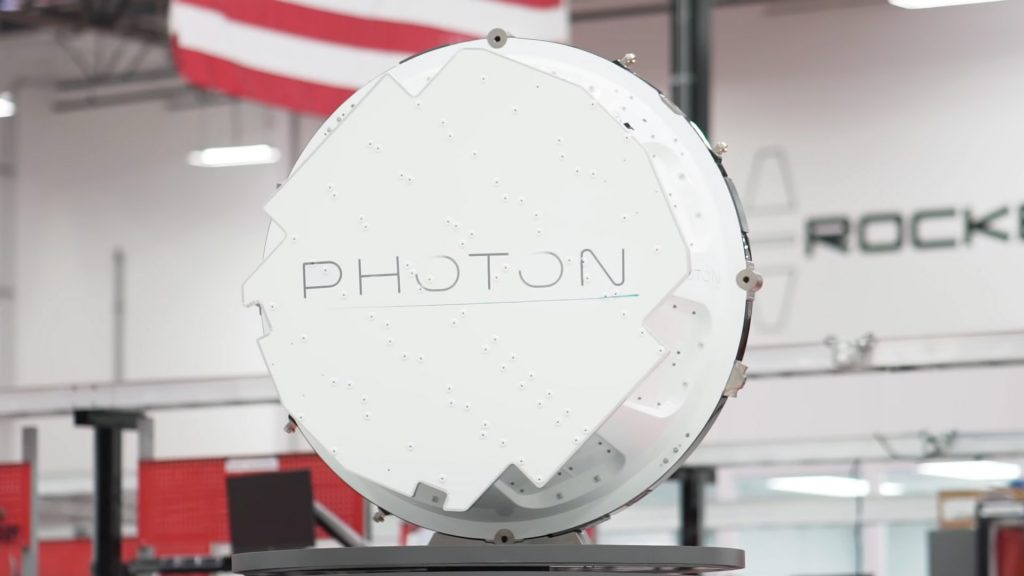
To date, Rocket Lab has successfully launched 11 missions and 48 satellites to low-Earth orbit. Eventually, Rocket Lab intends to use a recoverable and reusable Electron to loft Photon on interplanetary missions to lunar fly-by orbits, Near Rectilinear Halo Orbit (NRHO), and low-Lunar Orbit by the end of 2020. The two most recent missions – Running Out Of Fingers and Birds of a Feather – featured an upgraded first-stage of Electron that survived re-entry in one piece. This will hopefully lead to a fully recoverable first-stage rivaling the current recovery efforts of SpaceX with its first stage of the Falcon 9 boosters.
Check out Teslarati’s Marketplace! We offer Tesla accessories, including for the Tesla Cybertruck and Tesla Model 3.

News
Tesla backtracks on strange Nav feature after numerous complaints

Tesla is backtracking on a strange adjustment it made to its in-car Navigation feature after numerous complaints from owners convinced the company to make a change.
Tesla’s in-car Navigation is catered to its vehicles, as it routes Supercharging stops and preps your vehicle for charging with preconditioning. It is also very intuitive, and features other things like weather radar and a detailed map outlining points of interest.
However, a recent change to the Navigation by Tesla did not go unnoticed, and owners were really upset about it.
For trips that required multiple Supercharger stops, Tesla decided to implement a naming change, which did not show the city or state of each charging stop. Instead, it just showed the business where the Supercharger was located, giving many owners an unwelcome surprise.
However, Tesla’s Director of Supercharging, Max de Zegher, admitted the update was a “big mistake on our end,” and made a change that rolled out within 24 hours:
The naming change should have happened at once, instead of in 2 sequential steps. That was a big miss on our end. We do listen to the community and we do course-correct fast. The accelerated fix rolled out last night. The Tesla App is updated and most in-car touchscreens should…
— Max (@MdeZegher) November 20, 2025
The lack of a name for the city where a Supercharging stop would be made caused some confusion for owners in the short term. Some drivers argued that it was more difficult to make stops at some familiar locations that were special to them. Others were not too keen on not knowing where they were going to be along their trip.
Tesla was quick to scramble to resolve this issue, and it did a great job of rolling it out in an expedited manner, as de Zegher said that most in-car touch screens would notice the fix within one day of the change being rolled out.
Additionally, there will be even more improvements in December, as Tesla plans to show the common name/amenity below the site name as well, which will give people a better idea of what to expect when they arrive at a Supercharger.
News
Dutch regulator RDW confirms Tesla FSD February 2026 target
The regulator emphasized that safety, not public pressure, will decide whether FSD receives authorization for use in Europe.
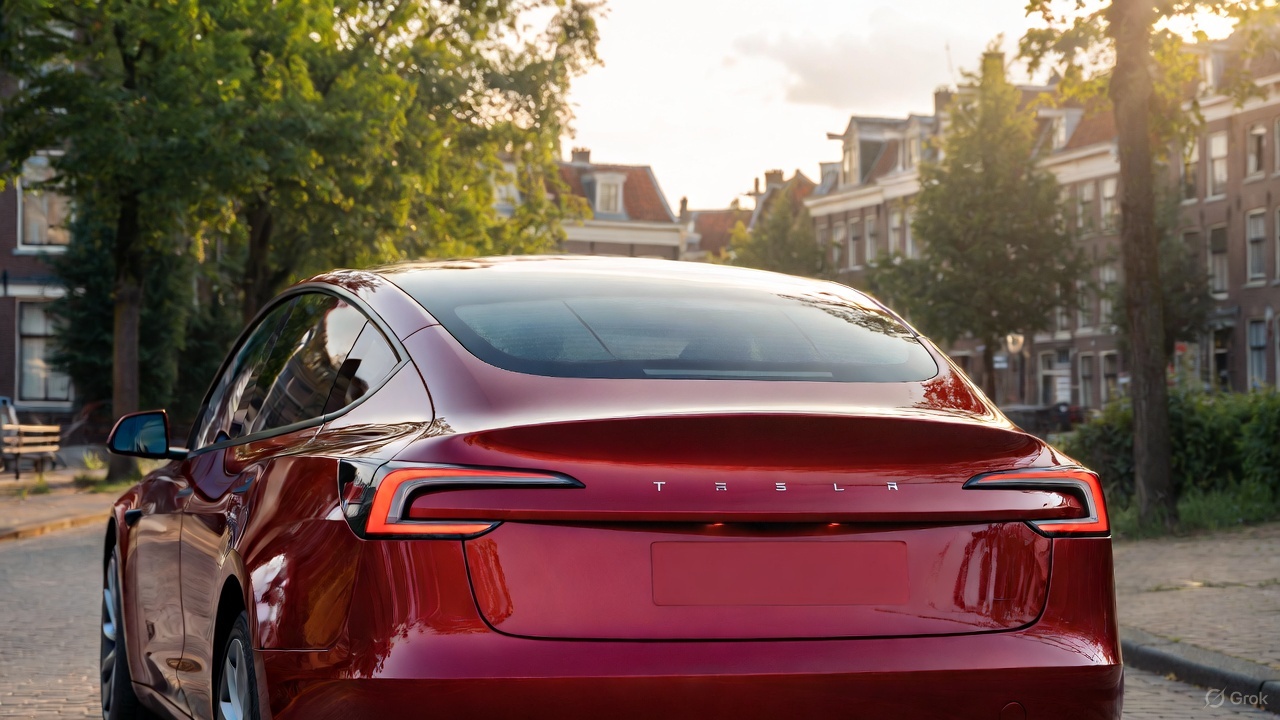
The Dutch vehicle authority RDW responded to Tesla’s recent updates about its efforts to bring Full Self-Driving (Supervised) in Europe, confirming that February 2026 remains the target month for Tesla to demonstrate regulatory compliance.
While acknowledging the tentative schedule with Tesla, the regulator emphasized that safety, not public pressure, will decide whether FSD receives authorization for use in Europe.
RDW confirms 2026 target, warns Feb 2026 timeline is not guaranteed
In its response, which was posted on its official website, the RDW clarified that it does not disclose details about ongoing manufacturer applications due to competitive sensitivity. However, the agency confirmed that both parties have agreed on a February 2026 window during which Tesla is expected to show that FSD (Supervised) can meet required safety and compliance standards. Whether Tesla can satisfy those conditions within the timeline “remains to be seen,” RDW added.
RDW also directly addressed Tesla’s social media request encouraging drivers to contact the regulator to express support. While thanking those who already reached out, RDW asked the public to stop contacting them, noting these messages burden customer-service resources and have no influence on the approval process.
“In the message on X, Tesla calls on Tesla drivers to thank the RDW and to express their enthusiasm about this planning to us by contacting us. We thank everyone who has already done so, and would like to ask everyone not to contact us about this. It takes up unnecessary time for our customer service. Moreover, this will have no influence on whether or not the planning is met,” the RDW wrote.
The RDW shares insights on EU approval requirements
The RDW further outlined how new technology enters the European market when no existing legislation directly covers it. Under EU Regulation 2018/858, a manufacturer may seek an exemption for unregulated features such as advanced driver assistance systems. The process requires a Member State, in this case the Netherlands, to submit a formal request to the European Commission on the manufacturer’s behalf.
Approval then moves to a committee vote. A majority in favor would grant EU-wide authorization, allowing the technology across all Member States. If the vote fails, the exemption is valid only within the Netherlands, and individual countries must decide whether to accept it independently.
Before any exemption request can be filed, Tesla must complete a comprehensive type-approval process with the RDW, including controlled on-road testing. Provided that FSD Supervised passes these regulatory evaluations, the exemption could be submitted for broader EU consideration.
News
Tesla says Europe could finally get FSD in 2026, and Dutch regulator RDW is key
As per Tesla, a Dutch regulatory exemption targeted for February 2026 could very well be the key gateway for a Europe-wide rollout of FSD.
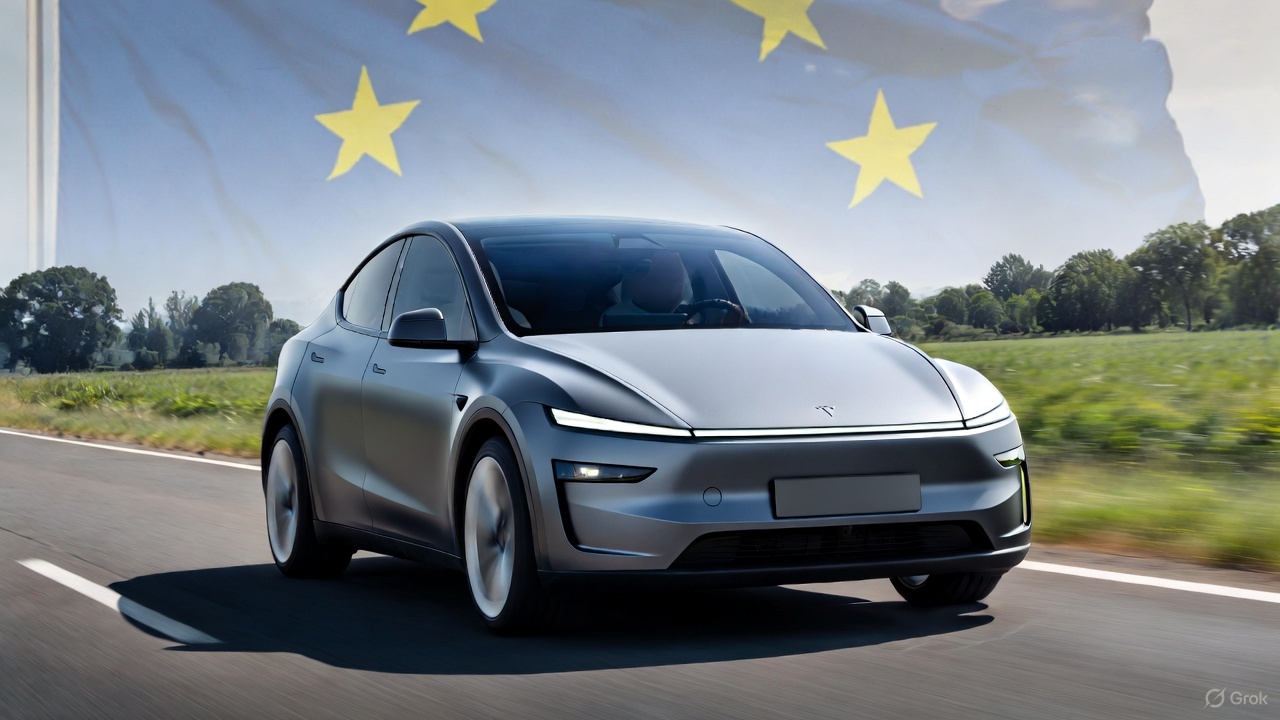
Tesla has shared its most detailed timeline yet for bringing Full Self-Driving (Supervised) to Europe. The electric vehicle maker posted its update through the official X account of Tesla Europe & Middle East.
As per Tesla, a Dutch regulatory exemption targeted for February 2026 could very well be the key gateway for a Europe-wide rollout of FSD.
Tesla pushes for EU approval
Tesla stated that it has spent more than 12 months working directly with European authorities and delivering FSD demonstrations to regulators in several EU member state. Tesla highlighted a number of its efforts for FSD’s release in Europe, such as safety documentation for FSD, which is now included in its latest public Safety Report, and over 1 million kilometers of internal testing conducted on EU roads across 17 countries.
To unlock approval, Tesla is relying on the Netherlands’ approval authority RDW. The process requires proving compliance with UN-R-171 for driver-assist systems while also filing Article 39 exemptions for behaviors that remain unregulated in Europe, such as hands-off system-initiated lane changes and Level 2 operation on roads that are not fully covered by current rules. Tesla argued that these functions cannot be retrofitted or adjusted into existing frameworks without compromising safety and performance.
“Some of these regulations are outdated and rules-based, which makes FSD illegal in its current form. Changing FSD to be compliant with these rules would make it unsafe and unusable in many cases. While we have changed FSD to be maximally compliant where it is logical and reasonable, we won’t sacrifice the safety of a proven system or materially deteriorate customer usability,” Tesla wrote in its post.
Tesla targets February 2026 approval
According to Tesla, real-world safety data alone has not been considered sufficient by EU regulators, prompting the company to gather evidence to get exemptions on a specific rule-by-rule basis. RDW has reportedly committed to issuing a Netherlands National approval in February 2026, which could pave the way for other EU countries to recognize the exemption and possibly authorize local deployment of FSD.
“Currently, RDW has committed to granting Netherlands National approval in February 2026. Please contact them via link below to express your excitement & thank them for making this happen as soon as possible. Upon NL National approval, other EU countries can immediately recognize the exemption and also allow rollout within their country. Then we will bring it to a TCMV vote for official EU-wide approval. We’re excited to bring FSD to our owners in Europe soon!” Tesla wrote in its post.








